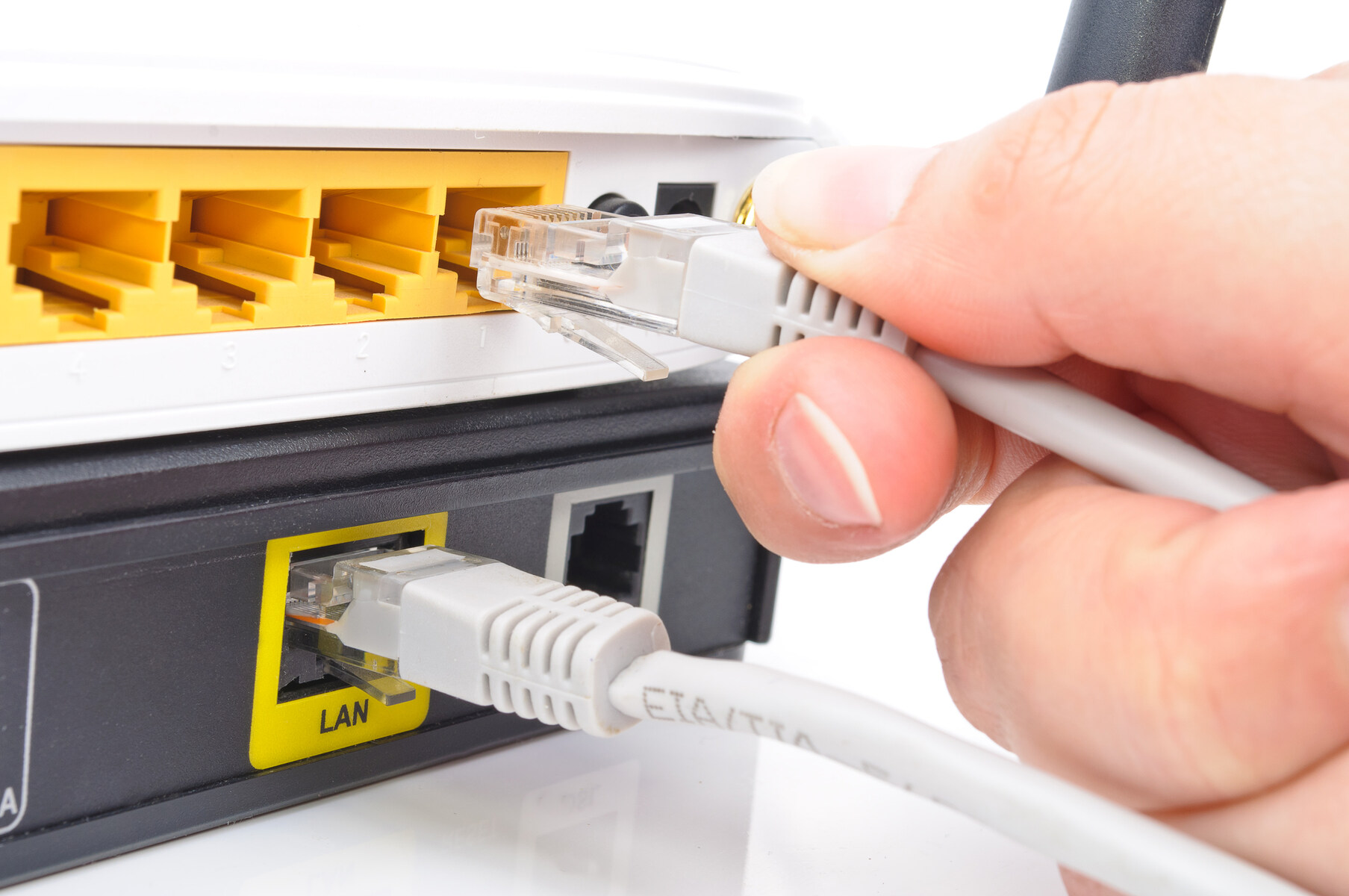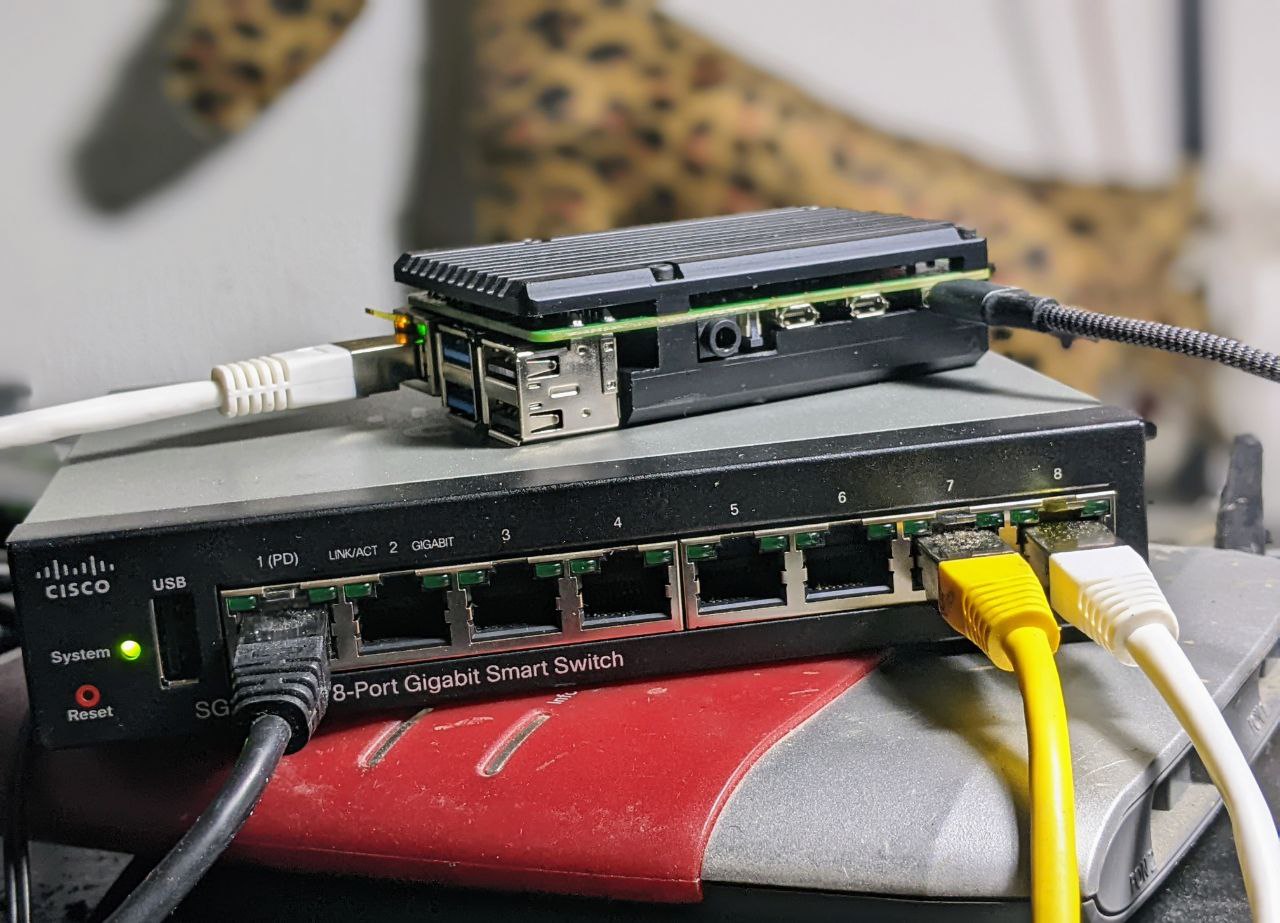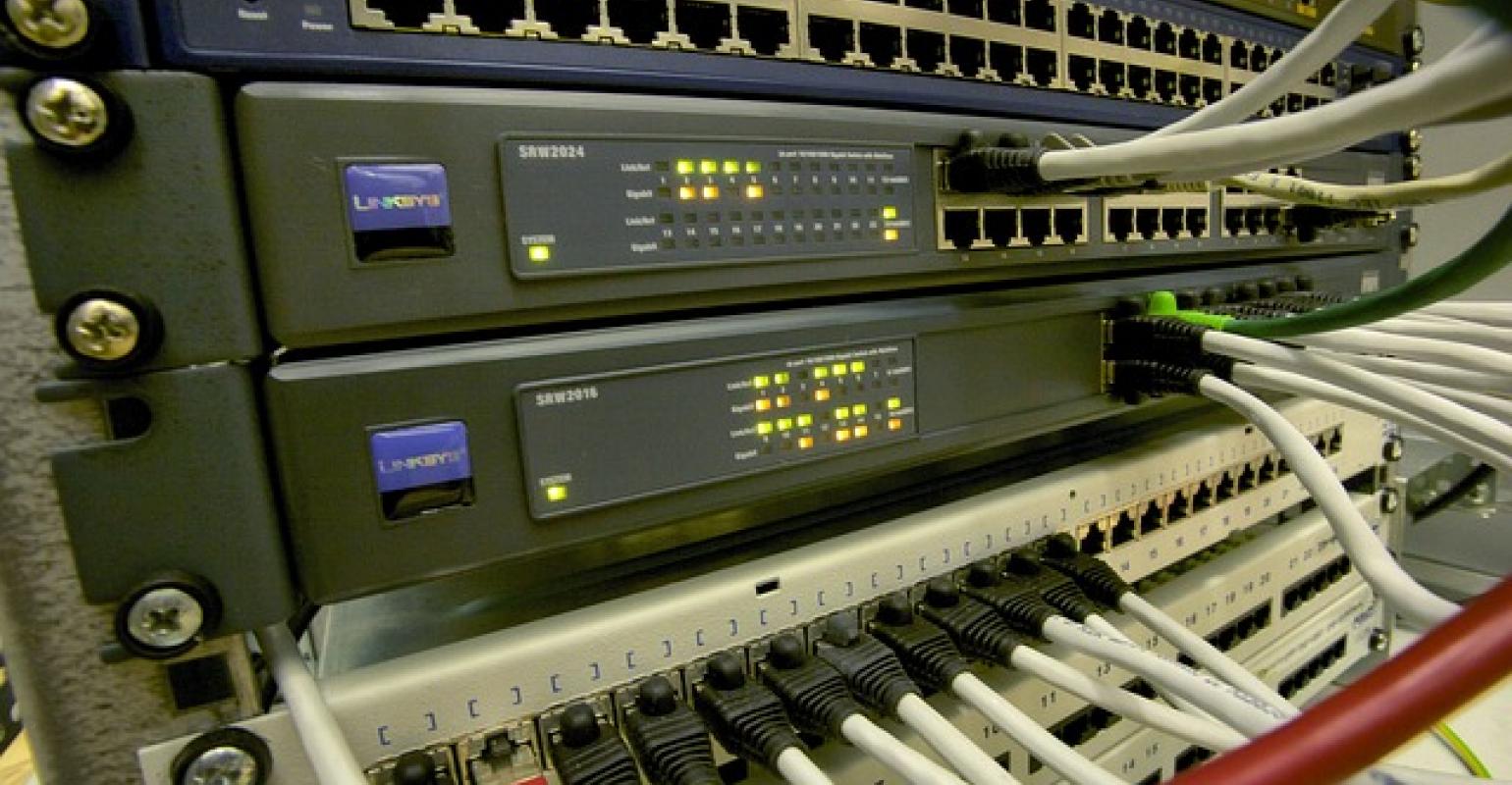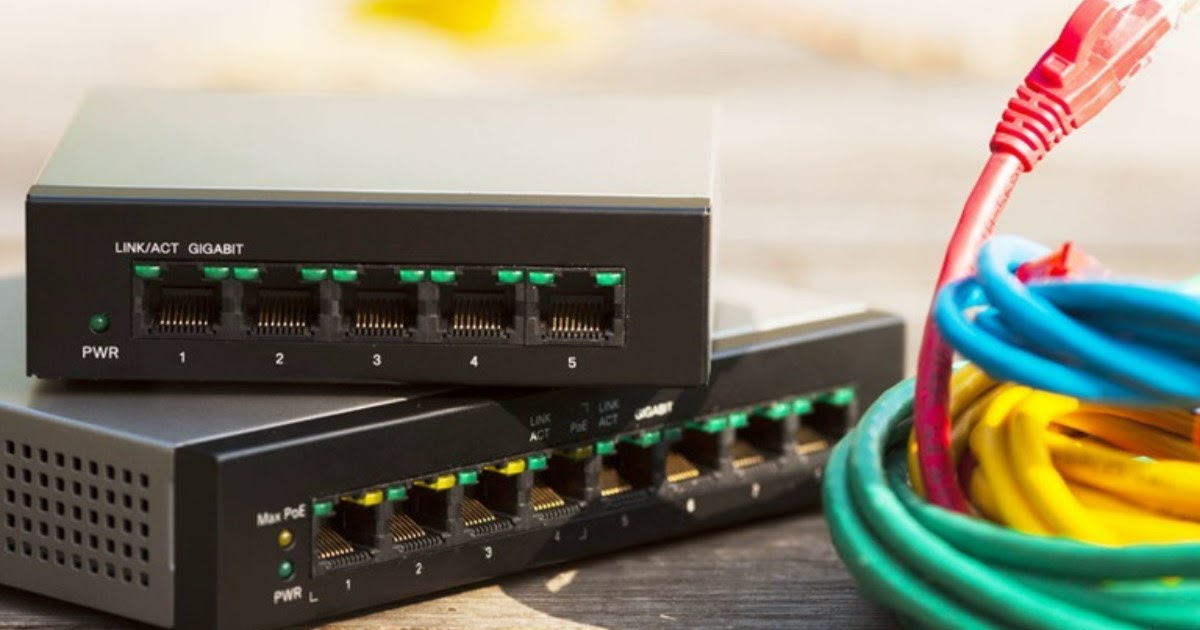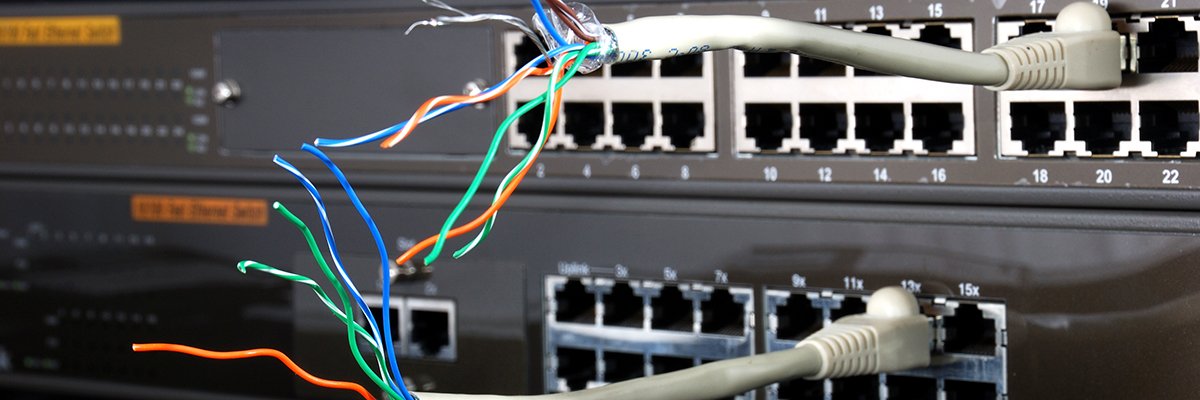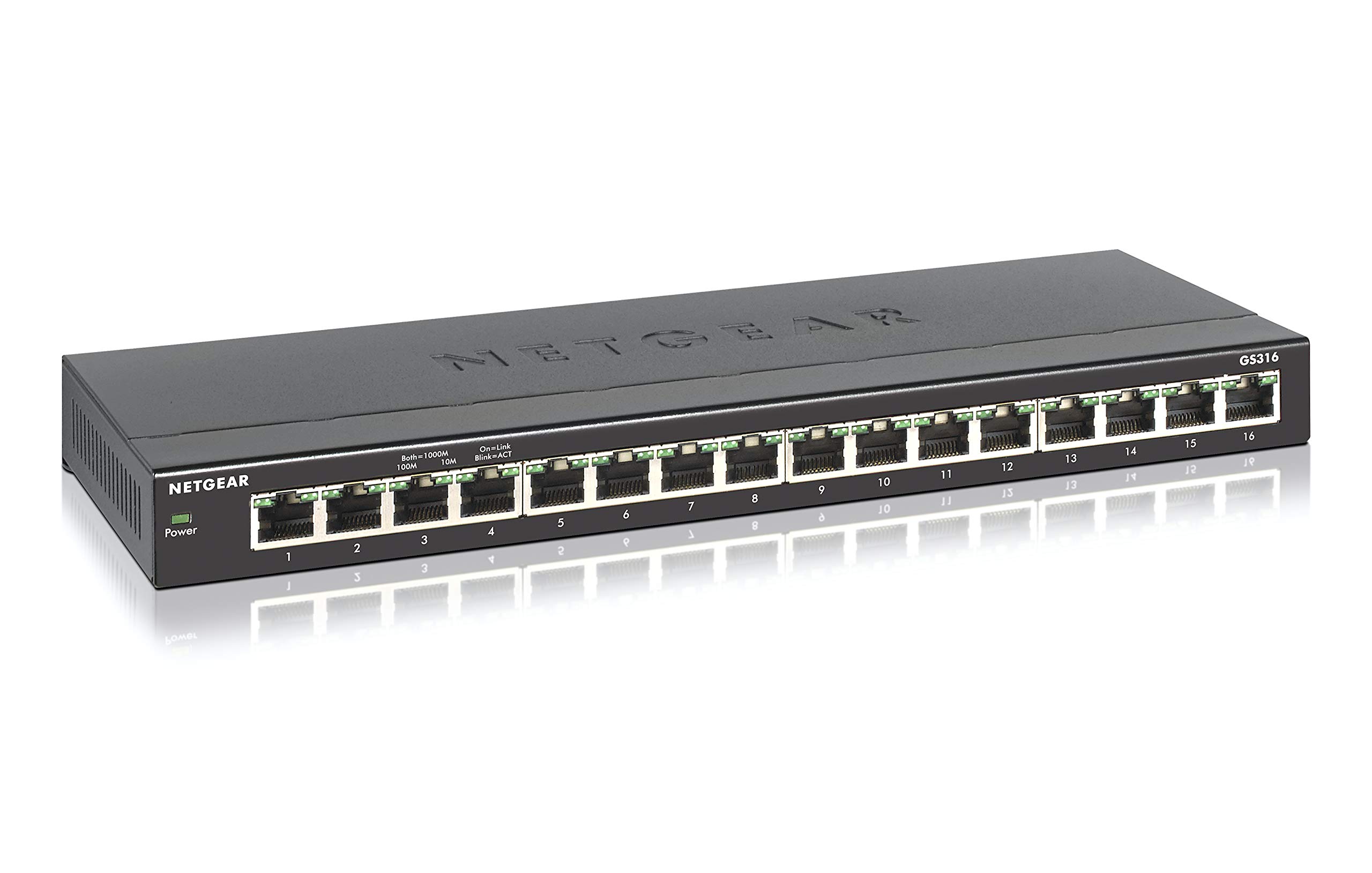Introduction
Setting up a network switch can seem like a daunting task, especially for those new to networking. However, with the right guidance, it can be a straightforward and rewarding endeavor. A network switch is a crucial component in any modern computer network, enabling devices to communicate with each other efficiently. Whether you're establishing a network for a small business, a home office, or a large enterprise, understanding how to set up a network switch is essential.
In this guide, we'll walk you through the process of setting up a network switch, from selecting the right switch for your needs to configuring and testing it. By the end of this article, you'll have a clear understanding of the steps involved in setting up a network switch and be well-equipped to tackle this task with confidence.
So, let's dive in and explore the world of network switches, learning how to choose the right one, set up the physical connections, configure the switch, and troubleshoot any issues that may arise along the way. Whether you're a seasoned IT professional or a tech-savvy enthusiast looking to expand your networking skills, this guide will provide valuable insights and practical tips to help you successfully set up a network switch.
What is a Network Switch?
A network switch is a fundamental networking device that plays a pivotal role in facilitating communication between multiple devices within a local area network (LAN). Unlike a hub, which simply broadcasts data to all connected devices, a network switch intelligently forwards data only to the specific device intended to receive it, making for more efficient and secure data transmission.
At its core, a network switch operates by using the Media Access Control (MAC) addresses of devices to determine the most efficient path for data delivery. When a device connected to the switch sends data to another device on the network, the switch uses its internal logic to identify the destination device and forwards the data directly to that device, minimizing network congestion and optimizing performance.
Network switches come in various configurations, including unmanaged switches, which are plug-and-play devices ideal for small home or office networks, and managed switches, which offer advanced features and greater control over network traffic for larger, more complex environments. Additionally, there are gigabit switches that support higher data transfer speeds, PoE (Power over Ethernet) switches that can power connected devices, and layer 2 and layer 3 switches that operate at different levels of the OSI (Open Systems Interconnection) model.
Understanding the role of a network switch in a LAN is essential for building a reliable and efficient network infrastructure. By intelligently directing data traffic and providing connectivity to a multitude of devices, network switches form the backbone of modern networking setups, enabling seamless communication and collaboration among computers, printers, servers, and other networked devices.
Choosing the Right Network Switch
When selecting a network switch, it’s crucial to assess your specific networking requirements to ensure that the chosen switch aligns with the needs of your network environment. Several key factors should be considered during the decision-making process:
- Port Count and Speed: Evaluate the number of devices that need to be connected to the switch and the desired data transfer speeds. Switches come with varying port counts and speeds, such as 8, 16, 24, or 48 ports, and may support different data rates, including Fast Ethernet, Gigabit Ethernet, and 10-Gigabit Ethernet.
- Managed vs. Unmanaged: Determine whether a managed switch with advanced features, such as VLAN support, QoS (Quality of Service) capabilities, and traffic monitoring, is necessary for your network, or if a simpler, plug-and-play unmanaged switch suffices for basic connectivity needs.
- Power over Ethernet (PoE): If your network includes devices that require power, such as IP cameras, wireless access points, or VoIP phones, consider a PoE switch, which can deliver power and data over the same Ethernet cable, simplifying installation and reducing the need for additional power outlets.
- Layer 2 vs. Layer 3: Determine whether your network requires the routing capabilities and advanced features offered by layer 3 switches, or if a layer 2 switch is sufficient for basic connectivity within a single subnet.
- Scalability and Future Expansion: Anticipate future growth and expansion of your network, and select a switch that offers scalability and additional features to accommodate evolving networking needs.
Additionally, it’s important to consider the reliability, brand reputation, warranty, and support services offered by the switch manufacturer. Reading product reviews and seeking recommendations from networking professionals can provide valuable insights into the performance and reliability of different switch models.
By carefully evaluating these factors and understanding the unique demands of your network, you can make an informed decision when choosing the right network switch, ensuring that it effectively meets your current needs while offering scalability and flexibility for future expansion.
Setting Up the Physical Connection
Once you’ve selected the appropriate network switch for your environment, the next step is to physically connect the devices to the switch. This process involves several key considerations to ensure a reliable and efficient network infrastructure:
- Locating the Switch: Choose a central and well-ventilated location for the switch, ensuring that it is easily accessible for maintenance and expansion. Adequate ventilation is essential to prevent overheating and ensure optimal performance.
- Connecting Devices: Use Ethernet cables to connect the devices, such as computers, printers, servers, and other networked equipment, to the switch. Ensure that the cables are properly terminated and securely inserted into the appropriate ports on the switch and the devices.
- Organizing Cable Management: Implement proper cable management practices to maintain a tidy and organized network setup. Labeling cables, using cable ties or Velcro straps, and routing cables away from potential sources of interference can help minimize clutter and simplify future maintenance.
- Utilizing Patch Panels: In larger network installations, consider using patch panels to terminate and organize Ethernet cables before connecting them to the switch. Patch panels provide a structured and easily manageable interface for connecting and rearranging network cables.
- Implementing Redundancy: For critical network connections, consider implementing redundancy by using multiple switches or creating link aggregation (LACP) to ensure high availability and fault tolerance in the event of switch or cable failures.
It’s important to adhere to industry best practices and standards when setting up the physical connections, as a well-organized and properly connected network not only ensures reliable data transmission but also simplifies troubleshooting and maintenance tasks in the future.
By carefully planning and executing the physical connection of devices to the network switch, you can establish a robust and efficient network infrastructure that forms the backbone of seamless communication and data exchange within your organization or home environment.
Configuring the Network Switch
Once the physical connections are in place, configuring the network switch is essential to optimize its performance and ensure seamless communication within the network. The configuration process involves several key steps to tailor the switch’s settings to the specific requirements of your network:
- Accessing the Switch Interface: Most managed switches offer a web-based interface or a command-line interface (CLI) for configuration. Access the switch’s interface using a web browser or a terminal emulator, and log in with the appropriate credentials provided by the manufacturer.
- Setting the Management IP Address: Assign a unique IP address to the switch to enable remote management and monitoring. Ensure that the IP address is within the same subnet as the devices that will manage the switch, and configure the default gateway for external communication.
- Creating VLANs (Virtual Local Area Networks): If your network requires segmentation for security or traffic management purposes, create VLANs on the switch to logically separate devices into different broadcast domains while remaining on the same physical network infrastructure.
- Enabling Spanning Tree Protocol (STP): STP prevents network loops and ensures redundant paths are effectively utilized without causing broadcast storms or network instability. Enable STP to provide network resiliency and prevent connectivity issues.
- Configuring Port Security: Implement port security features to restrict access and prevent unauthorized devices from connecting to the network. Settings such as MAC address filtering and limiting the number of MAC addresses per port enhance network security.
- Applying Quality of Service (QoS) Policies: Prioritize network traffic by configuring QoS policies to ensure that critical applications, such as VoIP or video conferencing, receive the necessary bandwidth and latency requirements for optimal performance.
It’s important to document the configuration changes made to the switch and maintain a backup of the configuration file to expedite recovery in the event of a configuration error or hardware failure. Additionally, regularly updating the switch’s firmware to the latest version provided by the manufacturer can enhance security and introduce new features and optimizations.
By carefully configuring the network switch to align with the specific needs of your network environment, you can optimize its functionality, enhance network security, and ensure efficient data transmission and connectivity across the network.
Testing and Troubleshooting
After setting up and configuring the network switch, thorough testing is essential to validate its functionality and identify any potential issues that may impact network performance. Additionally, having a systematic approach to troubleshooting can help resolve common problems that may arise during the setup and configuration process.
Testing the Network Switch:
Conducting comprehensive testing of the network switch involves verifying its basic functionality and ensuring that it operates as intended within the network environment. Some key testing procedures include:
- Connectivity Testing: Verify that all connected devices can communicate with each other and access network resources. Test connectivity between devices in different VLANs, if applicable, to ensure proper segmentation.
- Bandwidth and Throughput Testing: Use network testing tools to measure the switch’s data transfer speeds and assess its ability to handle network traffic efficiently, especially during peak usage periods.
- Redundancy Testing: If redundancy features such as link aggregation or redundant links are implemented, test their failover capabilities to ensure seamless operation in the event of a primary link failure.
- Quality of Service (QoS) Validation: Validate the effectiveness of QoS policies by prioritizing network traffic for critical applications and verifying that they receive the necessary bandwidth and latency requirements.
Troubleshooting Common Issues:
Despite careful planning and execution, network switch setup and configuration may encounter common issues that require troubleshooting. Some common problems and their potential solutions include:
- Intermittent Connectivity: Check for loose or faulty cable connections, verify port configurations, and inspect for network loops or broadcast storms that may disrupt connectivity.
- Configuration Errors: Review the switch’s configuration settings for inaccuracies, typographical errors, or conflicting settings that may impact network functionality.
- Performance Degradation: Monitor network traffic and utilization to identify potential bottlenecks or overloaded switch ports that may affect performance. Consider redistributing network traffic or upgrading switch hardware if necessary.
- Security Concerns: Audit port security settings, review access control lists, and assess network traffic for unauthorized devices or suspicious activity that may compromise network security.
By systematically testing the network switch and employing effective troubleshooting techniques, you can ensure that the switch operates optimally within the network environment, delivering reliable connectivity and performance to support your organization’s or home network’s needs.
Conclusion
Setting up a network switch is a foundational aspect of building a robust and efficient network infrastructure. From understanding the role of a network switch in facilitating data transmission to selecting the right switch for your specific needs, each step in the process contributes to the seamless operation of your network.
Choosing the appropriate network switch involves careful consideration of factors such as port count, managed or unmanaged configurations, PoE support, and scalability, ensuring that the selected switch aligns with the demands of your network environment. Once the right switch is in place, setting up the physical connections and organizing cable management are pivotal for maintaining an organized and accessible network setup.
Configuring the network switch involves tailoring its settings to optimize performance, enhance security, and prioritize network traffic, ensuring that it operates in line with the unique requirements of your network. Thorough testing and troubleshooting are essential to validate the switch’s functionality, identify potential issues, and resolve common problems that may arise during the setup and configuration process.
By following the comprehensive guide outlined in this article, you can equip yourself with the knowledge and practical insights needed to successfully set up a network switch. Whether you’re establishing a small office network, a home network, or a large enterprise network, the steps detailed in this guide provide a solid foundation for building and maintaining a reliable and efficient network infrastructure.
With a well-configured network switch at the heart of your network, you can facilitate seamless communication, enhance productivity, and support the diverse technological needs of the connected devices within your network environment.







